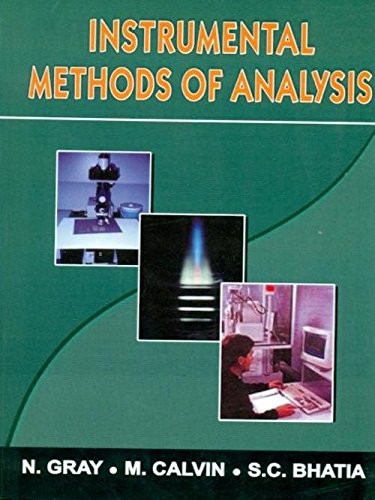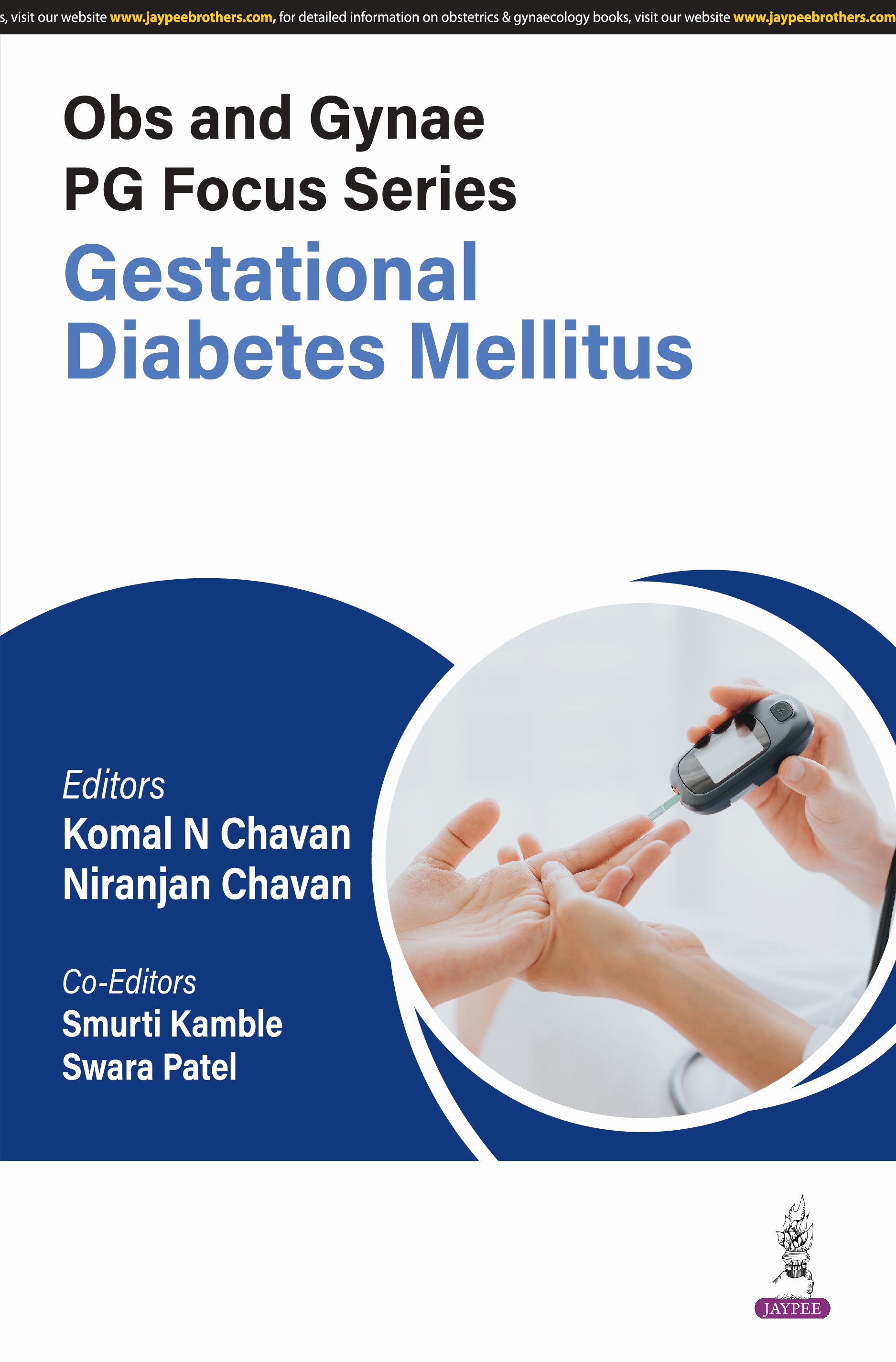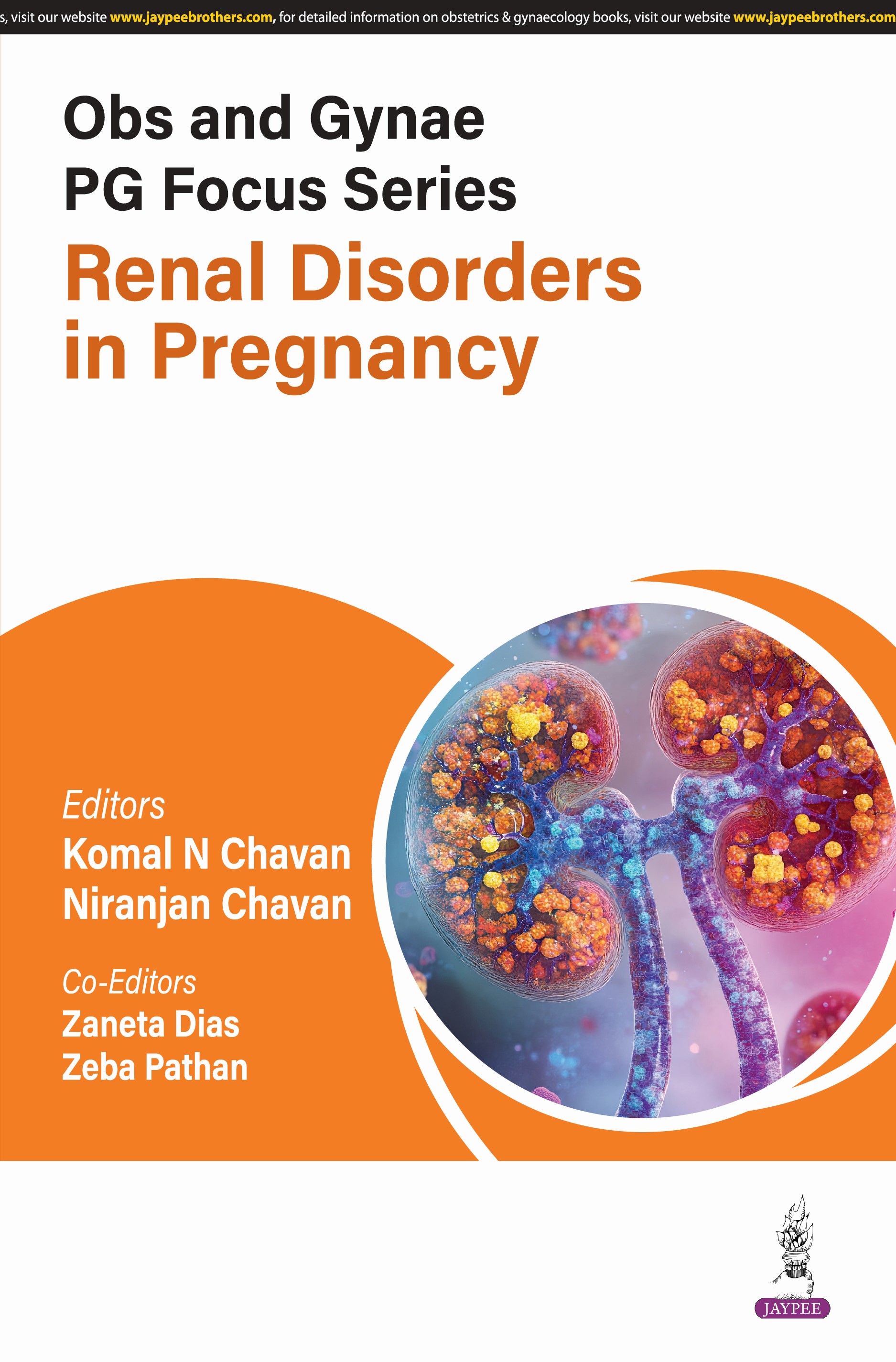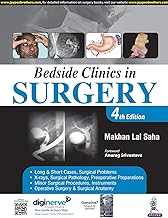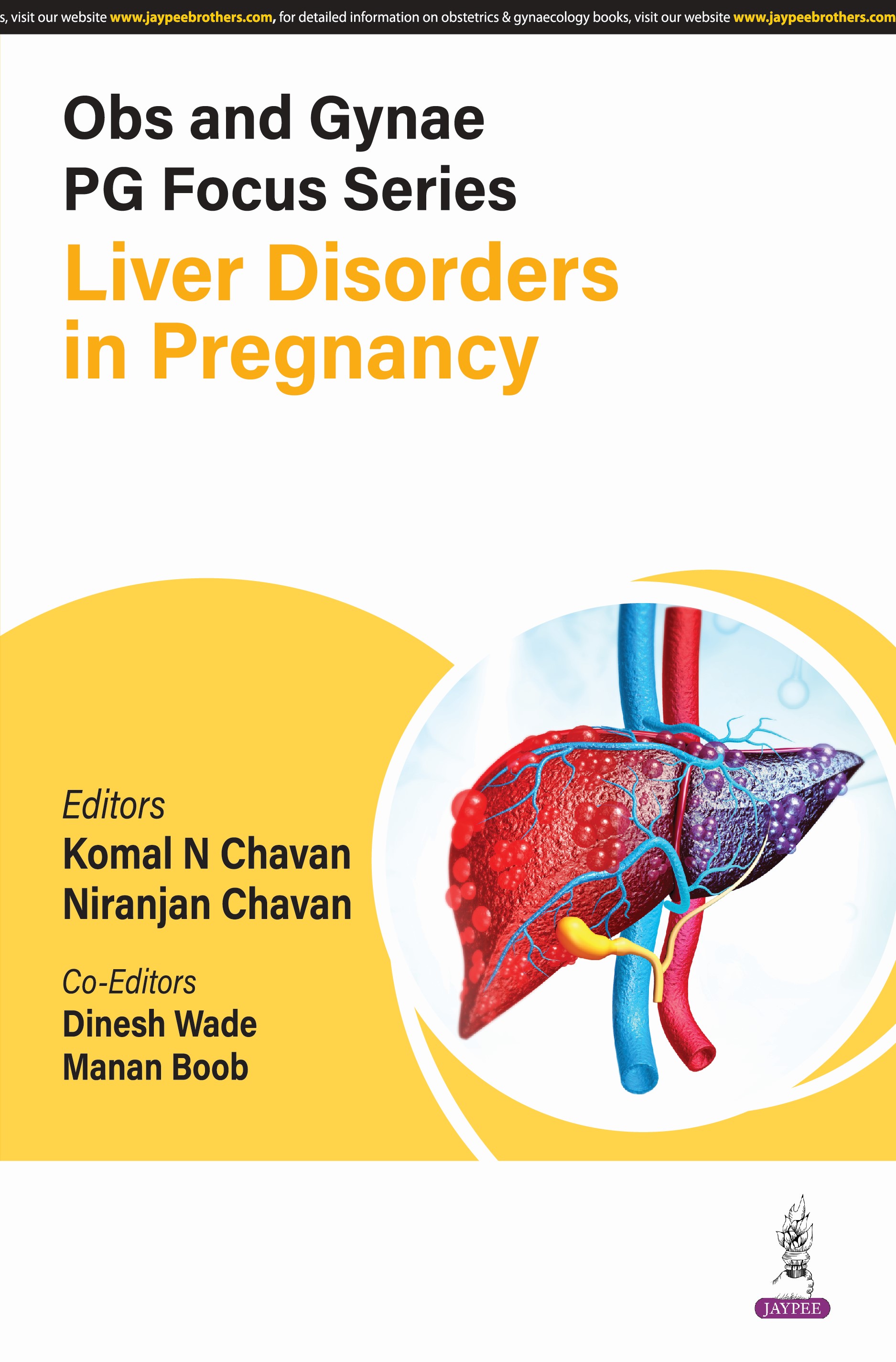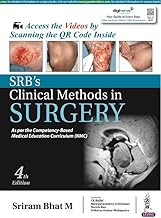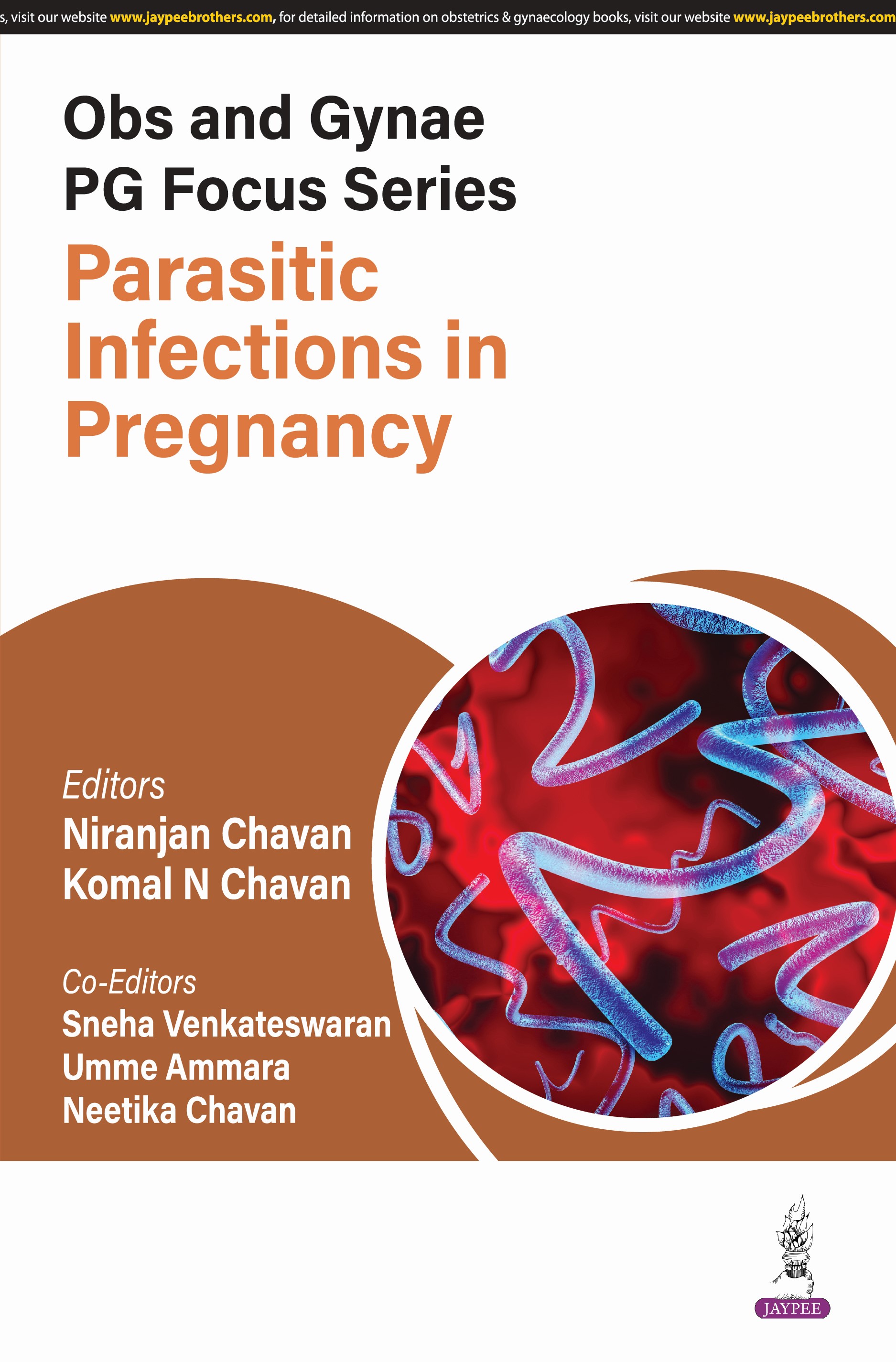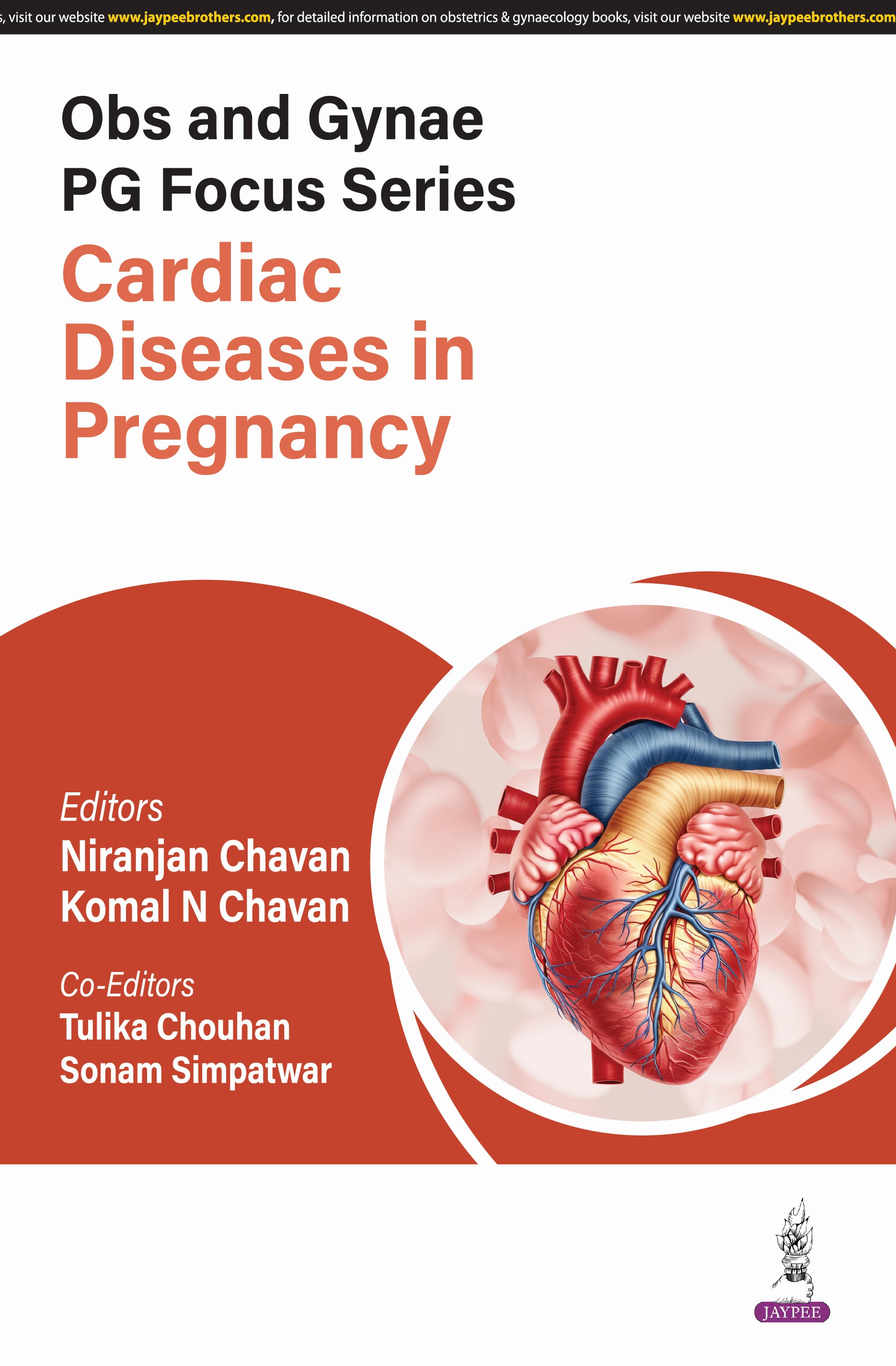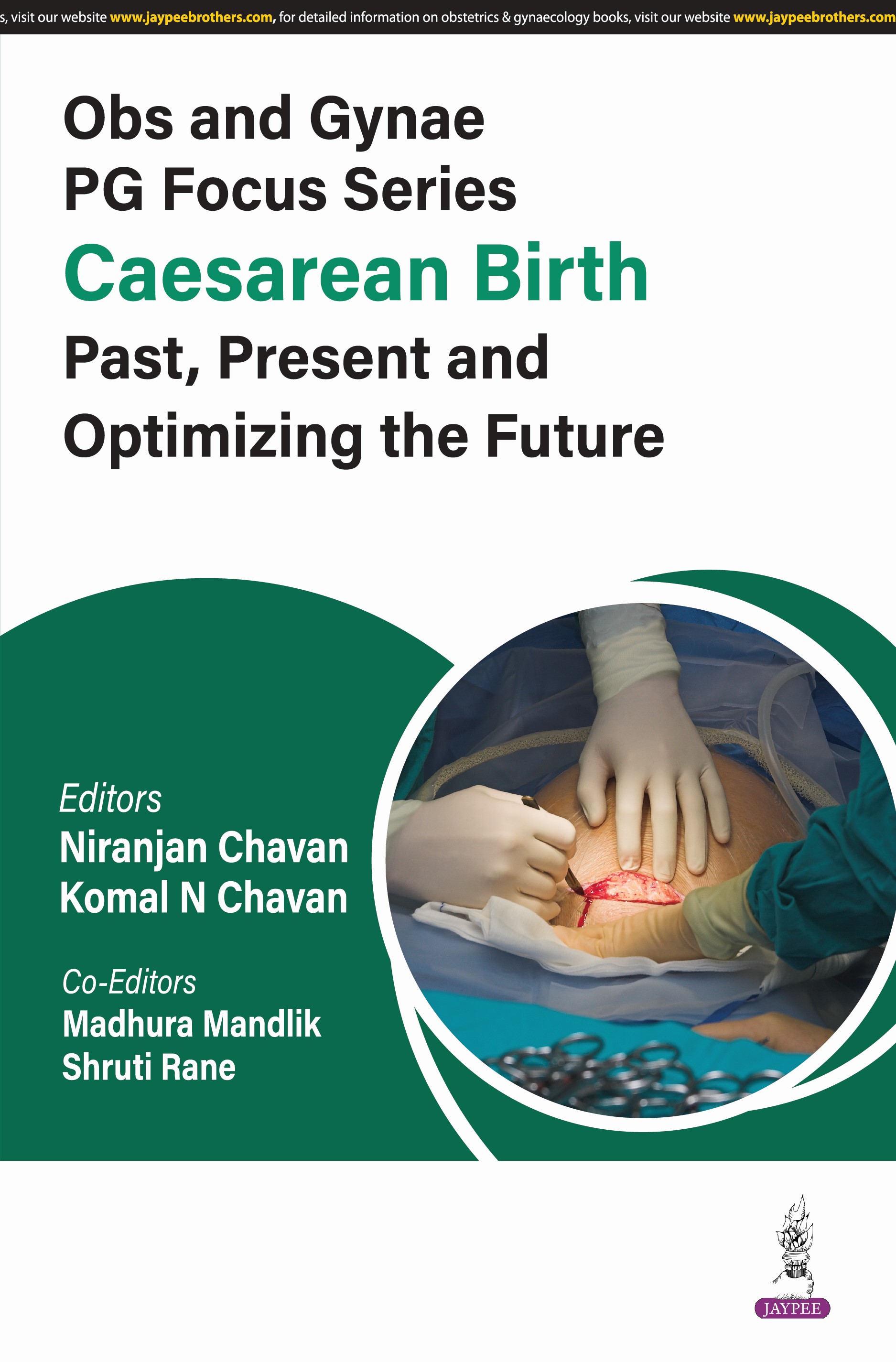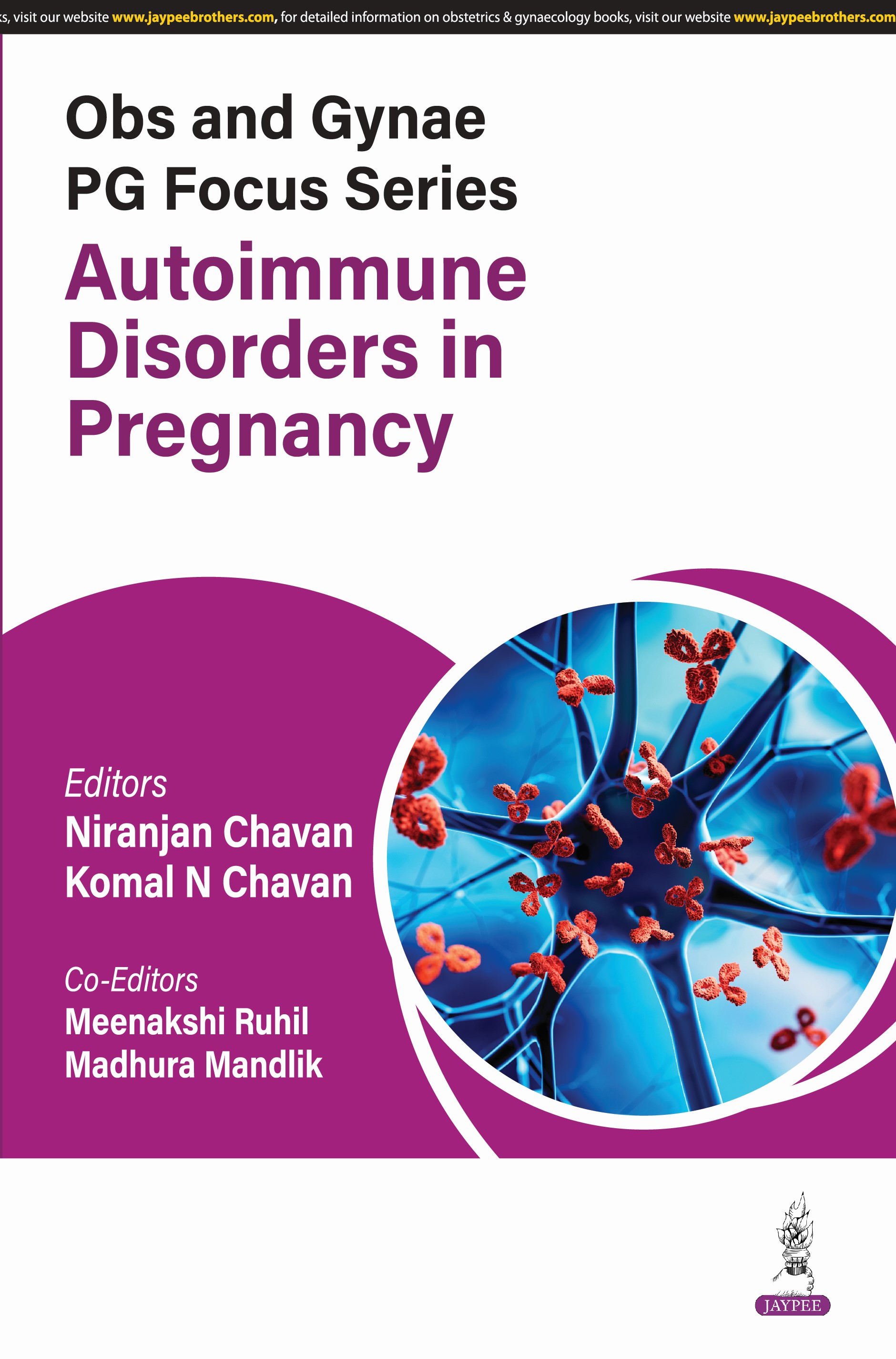Instrumental Methods Of Analysis (Pb 2023)
no information available
<p><span style="color: rgb(33, 37, 41); font-family: system-ui, -apple-system, "Segoe UI", Roboto, "Helvetica Neue", Arial, "Noto Sans", "Liberation Sans", sans-serif, "Apple Color Emoji", "Segoe UI Emoji", "Segoe UI Symbol", "Noto Color Emoji"; letter-spacing: 0.7px; text-align: justify;">Use of instrumentation is an essential part of chemical analysis which interacts with many other fields of pure and applied sciences. Analytical instrumentation plays an important role in the formulation production and evaluation of new products and in the protection of consumers and environment. Scientists engineers and technicians need information obtained from chemical analysis in their work and chemists often require information provided by instrumental techniques outside their areas of specialization. Instrumentationprovides lower detection limits required to assure safe foods drugs water and air. This text-reference is divided into eight sections covering fundamentals of analytical chemistry electronic circuits amplifiers and logic devices separation techniques qualitative optical spectroscopic methods quantitative optical spectroscopic methods mass spectrometer titrimetry and gravimetry and electrochemical techniques. All the topics have been covered in a cogent and lucid style to help the reader grasp the information quickly and easily. Diagramsfigures and tables adequately supplement the text.</span><br></p>

